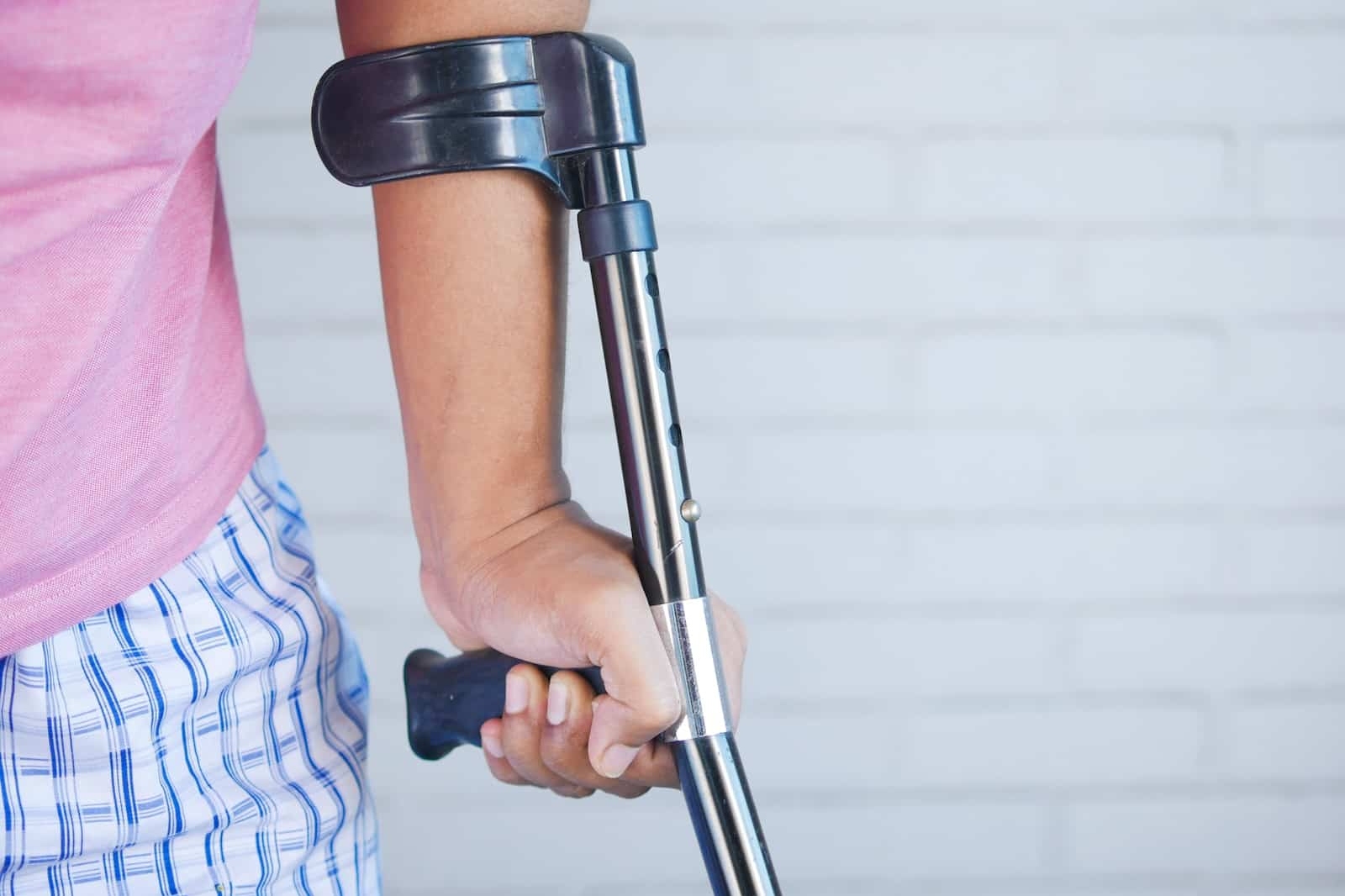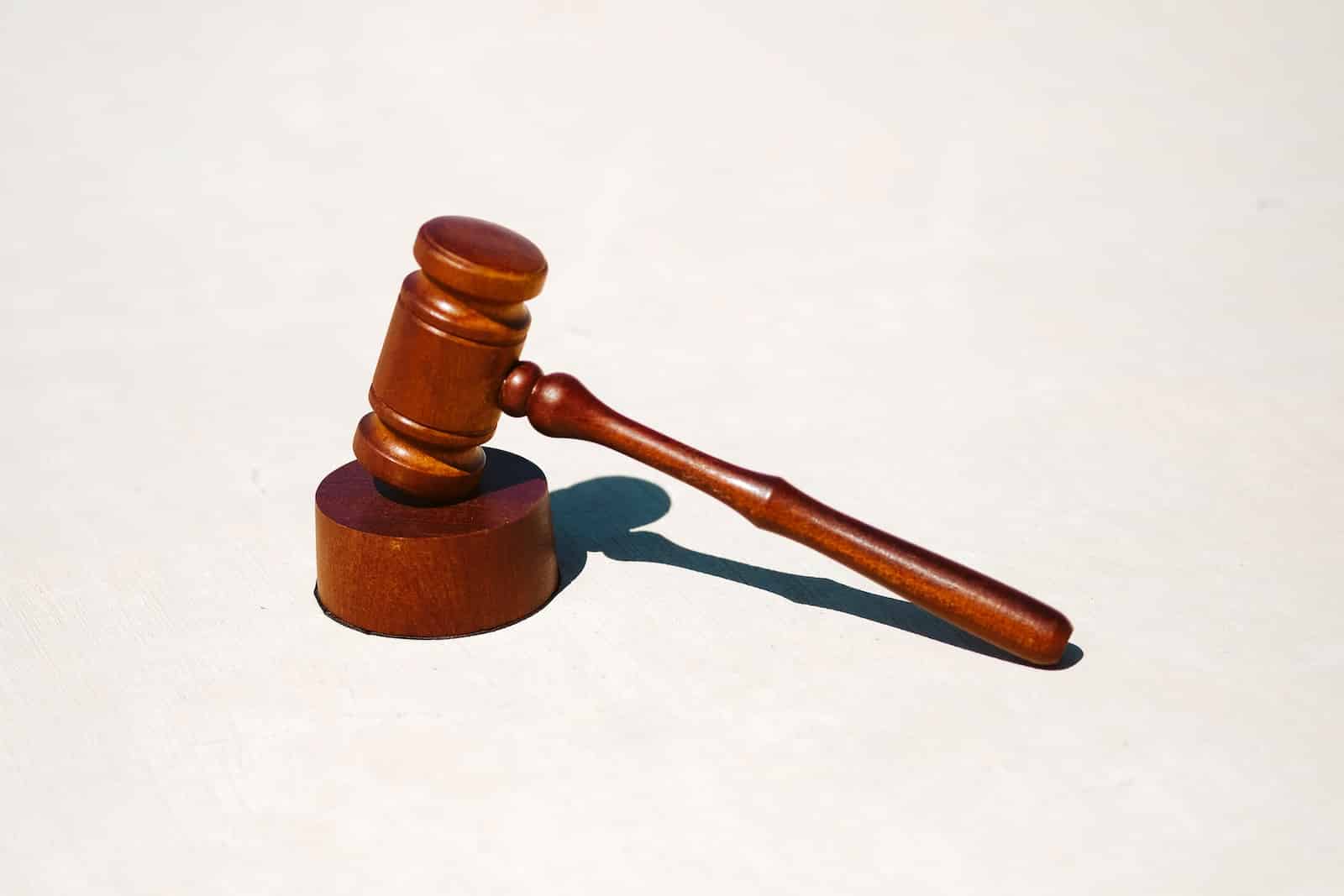Legal animation is the use of animated graphics and visual simulations in legal proceedings to help illustrate complex concepts and events. This technology has become increasingly popular in recent years, and is used in a wide range of legal cases, including personal injury, medical malpractice, product liability, and more.
In this blog post, we will explore the use of legal animation, how it can be used in legal proceedings, and the benefits of using this technology in the legal system.
What is Legal Animation?
Legal animation is a visual representation of a scene or event, created using computer-generated graphics and animations. These animations are often used in court to help illustrate the events in question and make them easier for the jury to understand. Legal animations can be created in a variety of styles, including 3D animations, 2D animations, and even virtual reality simulations.
How Can Legal Animation be Used in Legal Proceedings?
Legal animation can be used in a number of different ways in legal proceedings, including:
- Illustrating Accident Scenes: Legal animations can be used to recreate the scene of an accident, helping to show the sequence of events leading up to the accident and the resulting damage.
- Demonstrating Product Defects: Legal animations can be used to demonstrate how a product defect led to an injury or accident. This can help to clearly show the cause and effect relationship between the product defect and the injury.
- Explaining Medical Procedures: Legal animations can be used to help explain complex medical procedures, such as surgeries, to a jury. This can help to make these procedures easier for the jury to understand and to demonstrate the link between the procedure and the injury.
- Demonstrating Engineering Concepts: Legal animations can be used to demonstrate complex engineering concepts, such as the functioning of a machine or the design of a building. This can help to explain the events leading up to an accident or injury, and to show how the design or functioning of the machine or building was a contributing factor.
Benefits of Using Legal Animation
There are many benefits to using legal animation in legal proceedings, including:
- Increased Understanding: Legal animation can help to simplify complex concepts and make them easier for the jury to understand. This can help to build a stronger case and to increase the chances of a favorable outcome.
- Improved Communication: Legal animation can help to effectively communicate the events in question, making it easier for the jury to follow the case and to see the relationship between the events and the injury or accident.
- Enhanced Credibility: The use of legal animation can demonstrate that the attorney is well-prepared and has a thorough understanding of the events in question. This can increase the credibility of the attorney and the case.
- Increased Engagement: Legal animations can be visually engaging and can help to keep the jury’s attention during the proceedings. This can be particularly important in cases where the subject matter is complex or technical.
Conclusion
Legal animation is a powerful tool that can help to simplify complex concepts and make them easier for the jury to understand. By using this technology in legal proceedings, attorneys can build stronger cases, increase the credibility of their arguments, and improve the chances of a favorable outcome.


